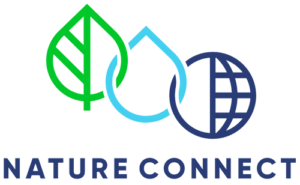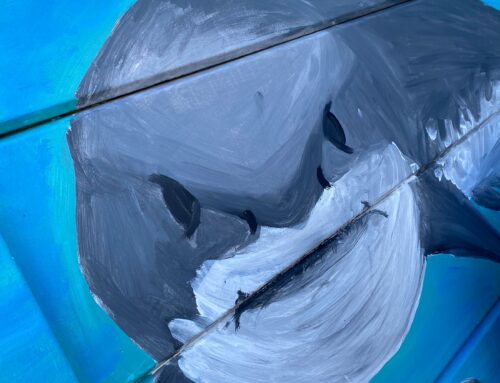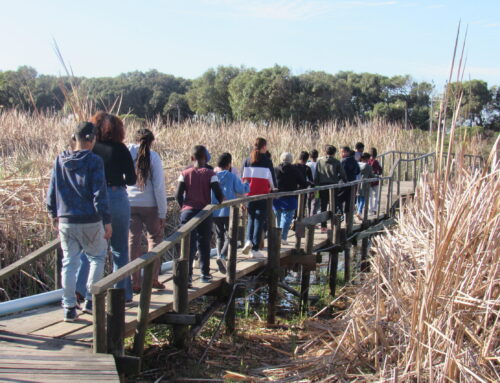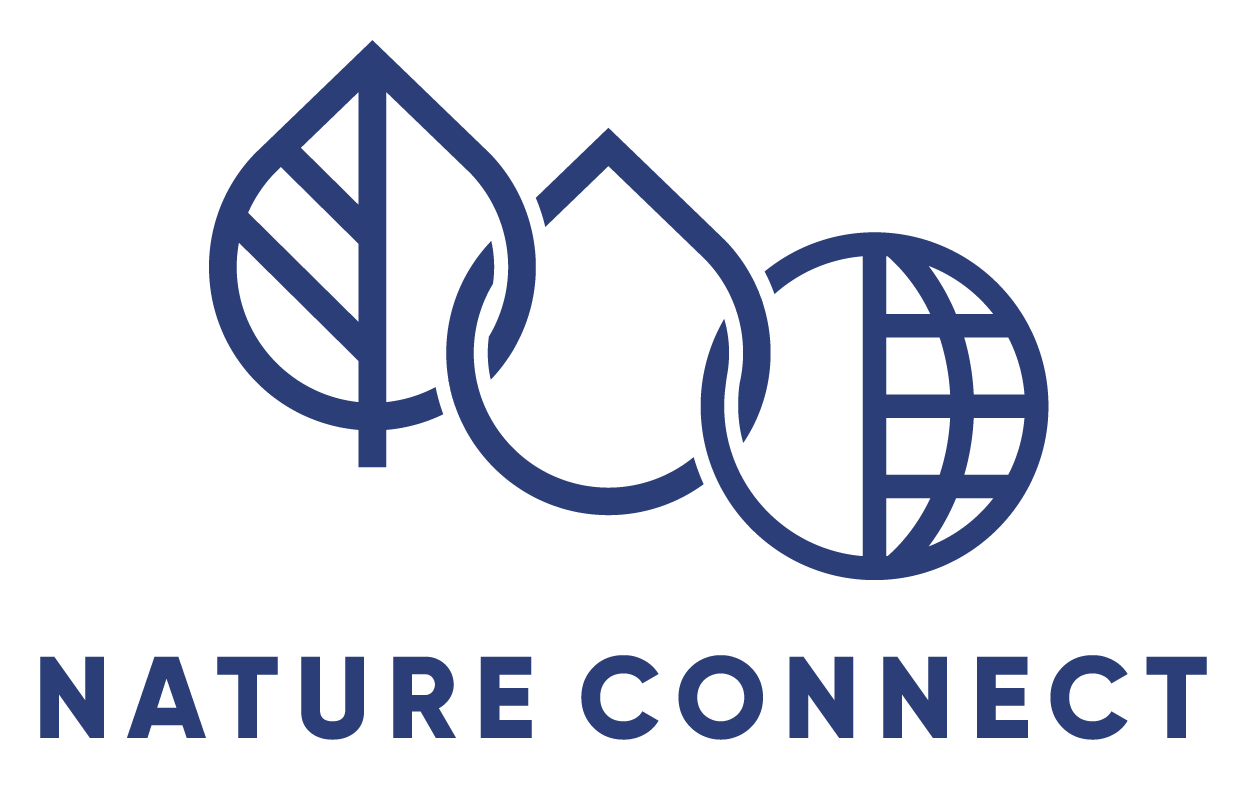Written by Robyn Morton, Conservation Officer at the Muizenberg East Biodiversity Cluster.
Wildlife are often faced with many challenges living so close to urban sprawl. Harmful poison meant for pests is often one of those threats. Over the last couple of months, we have come across a number of dead shrews in the Muizenberg East Conservation sites. These shrews had no visible sign of exterior harm, no bite marks from cats. This leads us to believe that they may have fallen victim to poison.
Many people who use poison as pest control at home don’t know the knock on effects it can have. When using poison on rats and mice, the poison doesn’t kill them immediately, it can make them slow and sluggish making them easy prey or they could die and then be eaten by a predator. Predators such as birds of prey, mongoose, caracal and even pet cats will eat the mice or rat that has poison in its system. As poison moves up the food chain from prey to predator, the poison actually becomes more concentrated making it even more harmful. This poison is now in the predators’ system and can have harmful effects and even lead to death.
Instead of poison for pest control at home there are many humane, non-lethal options to explore first. Sherman traps humanely catch mice and rats and once caught they can be released. You can even make your own trap from things you have at home, all you need is a tall bucket, a stick, a can, a piece of wood to act as a ramp and some peanut butter as bait, shown in the picture below.
Poison can have far reaching negative effects on the environment and end up killing animals that were not the intended targets of the poison, like our shrews and the predators that fall victim to the poison in the process. The number of shrews found dead in our conservation sites has increased over the past few months and we cannot be sure what the cause of death is.






